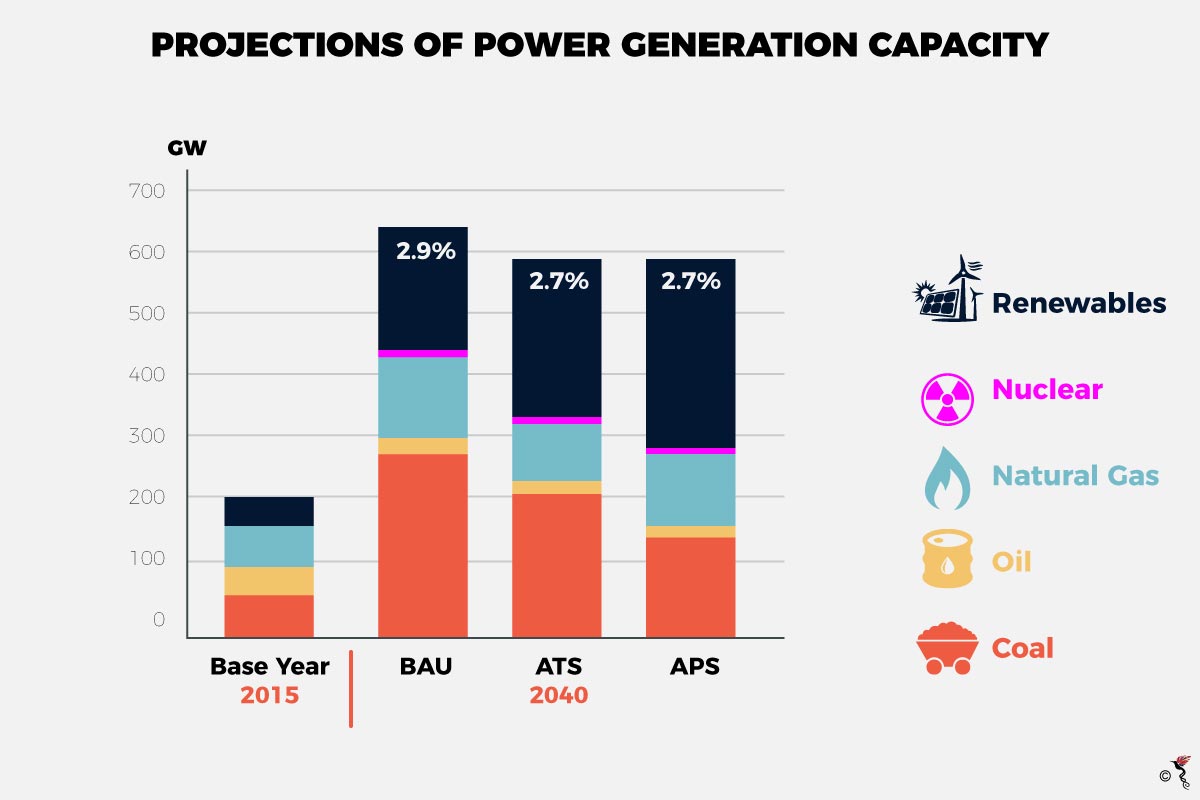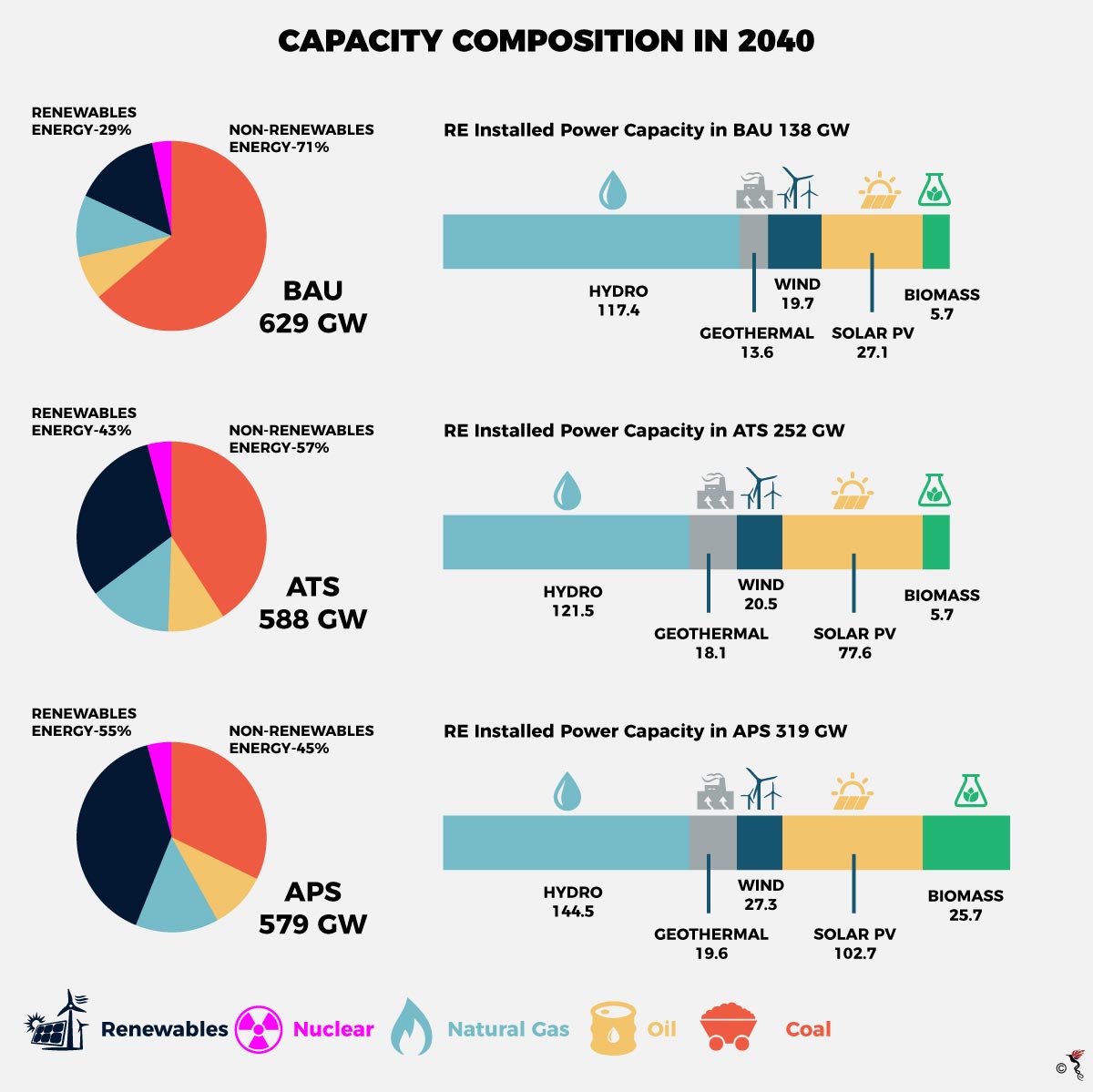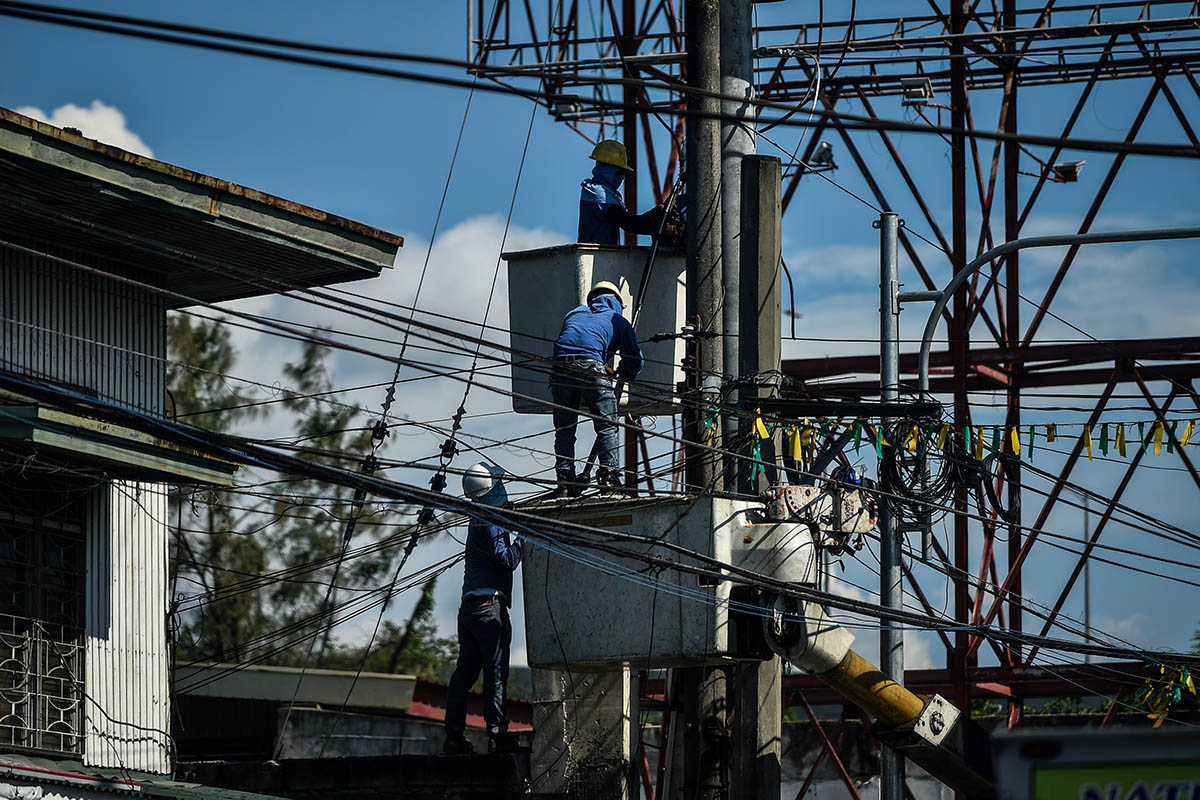The gears of industry would not turn if not for power. In the modern world, we have come to depend on electric power generated from traditional fossil fuel resources like coal. However, amid a global awareness of the dangers of fossil fuels to our environment, we have since entered a paradigm shift – a shift towards renewable energy.
As a region, Southeast Asia cannot be removed from this global upheaval. The Association of Southeast Asian Nations (ASEAN) must behave proactively to answer the clarion call of renewables and manage our resources accordingly.
ASEAN Energy Outlook (2015-2040)
A step in the right direction has been made with the release of the fifth ASEAN Energy Outlook (AEO5) in Manila last September. The report was based on the energy policies of each ASEAN member state and its final results are based on each state’s expectations of their future energy landscape.
“The Outlook provides us with a pathway to address our long-term goals of achieving energy security, accessibility and affordability within the framework of sustainable development, as guided by our policy document, the ASEAN Plan of Action for Energy Cooperation (APAEC) 2016-2025,” said Philippine Secretary of Energy, Alfonso G. Cusi.
To conceptualise how the different possibilities of ASEAN’s regional energy landscape could pan out, the report outlines three separate scenario philosophies. The first is business as usual (BAU) – the maintaining of the status quo and assuming that member states develop no specific policies to reach their renewable energy and energy efficiency targets. The second is the ASEAN member states target scenario (ATS) which assumes that the most recent renewable energy and energy efficiency targets of member states are reached. The third is the ASEAN progressive scenario (APS) which assumes regional targets as per the APAEC 2016-2025 are reached.
Power generation from renewables
As more and more people connect to their national grids, the demand for electricity will undoubtedly increase. Herein, lies a challenge for ASEAN members to increase their respective electrification ratios (number of people connected to the national grid) but to do so in a sustainable manner.
Under BAU projections, power capacity will increase 2.9 times to 629 gigawatts (GW) – of which 42.4 percent would be generated from coal with renewable energy at only 29.2 percent.
However, under ATS and APS scenarios, enhanced efficiency can significantly reduce the installed capacity requirements. Under ATS, capacity requirements are 588GW – 41 GW lower than BAU and under APS, capacity requirements are 50 GW lower than BAU at 579 GW.

In all the scenarios, dependence on oil and gas continues to reduce while dependence on coal and renewable energy increases. Reliance on coal is due to its abundance and the surge in renewable energy power production is thanks to the cost effectiveness of its technology.
The report states that only through the APS can ASEAN member states achieve the APAEC 2016-2025 target of a 23 percent renewable energy mix. Given that the highest contribution to renewable energy targets under APS comes from the power generation sector at 14.9 percent, member states must begin to fashion their national policies in line with this goal.
Under BAU and ATS, non-renewable energy is still king whereas under the APS, renewable energy would make up 55 percent of the capacity composition by 2040. The main source of renewable energy would be hydro which also dominates the composition for all scenarios.
Interestingly, solar photovoltaics (PV) plays a significant role in APS compared to the other two scenarios. This is a result of increasingly cheaper costs of solar generation which could one day see solar power as the prime source of renewable power generation in the region.

As the region moves towards a collective energy target that reduces dependence on fossil fuels and places emphasis on renewables, we cannot hope to reach the end goal by bypassing the arduous steps to take along the way. The underlying reality is that power supply and generation has always been a national responsibility.
In order to build a good foundation for regional-level cooperation or policy for power generation, ASEAN member states must develop their own national ambitions for renewable power. Only then can the policies be harmonised at a regional level towards the advancement of an ASEAN regional energy agenda.
Recommended stories:
